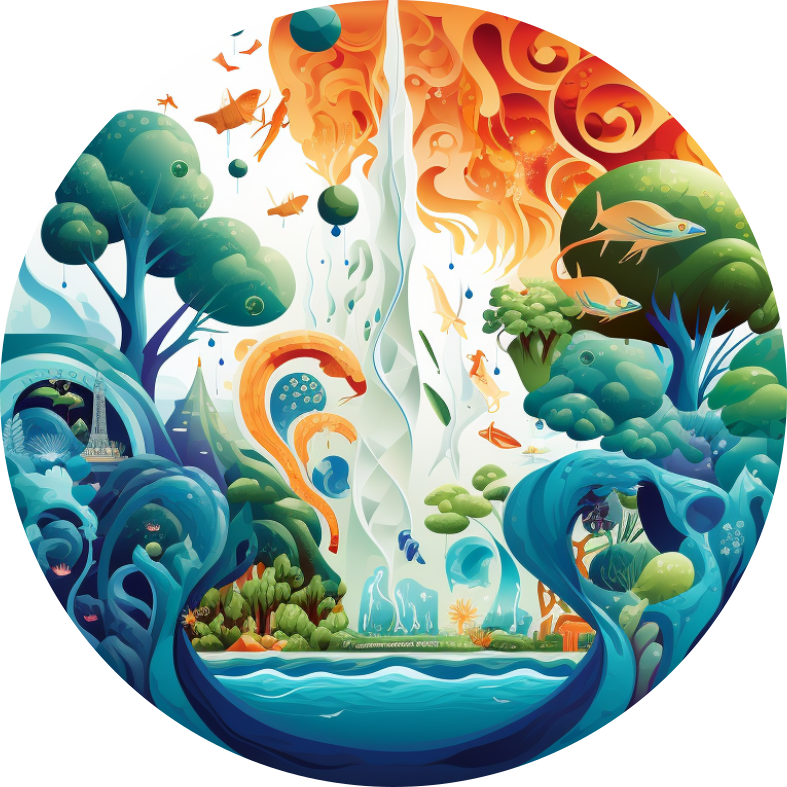8
How life started on Earth is an unsolved mystery. There are various hypotheses for the location ranging from outer space to the seafloor, subseafloor or potentially deeper. Here, we applied extensive ab initio molecular dynamics (AIMD) simulations to study chemical reactions between NH$_3$, H$_2$O, H$_2$, and CO at pressures (P) and temperatures (T) approximating the conditions of Earth's upper mantle (i.e. 10-13 GPa, 1000-1400 K). Contrary to the previous assumptions that larger organic molecules might readily disintegrate in aqueous solutions at extreme P-T conditions, we found that many organic compounds formed without any catalysts and persisted in C-H-O-N fluids under these extreme conditions, including glycine, ribose, urea, and uracil-like molecules. Particularly, our free energy calculations showed that the C-N bond is thermodynamically stable at 10 GPa and 1400 K. Moreover, while the pyranose (six-membered-ring) form of ribose is more stable than the furanose (five-membered-ring) form at ambient conditions, we observed the predominant formation of the five-membered-ring form of ribose at extreme conditions, which is consistent with the exclusive incorporation of $β$-D-ribofuranose in RNA. We have uncovered a previously unexplored pathway through which the building blocks of biomolecules may have originated in early Earth and other planets. Our findings contribute to an evolving understanding of the fundamental conditions necessary for life to arise.



This team just figured out the precise recipe for life! With this amount of info other teams can try to recreate it empirically, with the right equipment and chemicals. Then we are just around the corner from creating life and panspermia.